It was 50 years ago this year that Bruce Springsteen uncorked the album Born To Run and became a rock and roll sensation. The songs on the LP remain a major part of his musical legacy even after all this time. If you’re a diehard rock fan, you can probably imagine those songs in your head without the radio playing. But you might not know some of the stories that went into their creation and recording.
Videos by American Songwriter
No “BS”
When you listen to “Tenth Avenue Freeze Out”, it’s easy to get caught up in Steven Van Zandt’s funky horn arrangement. But you might miss out on the fact that Springsteen was using the song as a kind of autobiography, albeit a tongue-in-cheek one. Throughout the song, the protagonist, Bad Scooter, rises above turmoil to eventually prevail. It’s no coincidence that Bad Scooter shares the same initials as Bruce Springsteen. If you doubt us, check out the final verses when the Big Man, aka Clarence Clemons, enters the picture.
Welcome Aboard, Roy
Springsteen fans have long debated whether Terry, the character whom the narrator addresses throughout “Backstreets”, is male or female. Some live versions seem to indicate the latter, but the original stays vague enough that you can interpret it any way you want. What matters more is the majestic drama that the E Street Band was able to deliver here, much of it due to the piano work of Roy Bittan. Incredibly, that thrilling performance represented one of his first-ever appearances with the band. Bittan had just joined during the making of Born To Run.
Here Comes The Boom
Another newcomer to the E Street Band was Max Weinberg, whose walloping drums played a huge part in the beefed-up rock feel of the record. But Weinberg did not play on the recording of the title track. That took place before he and Roy Bittan joined. Instead, Ernest “Boom” Carter, who only stuck around in the E Street Band for a brief time, played drums on the song. Carter’s furious fills in the instrumental break confounded Weinberg when he joined up and tried to play the song live.
The Boss Goes to the Cinema, Part I
The opening song of Born To Run sets the tone, somewhere between elegy and catharsis, that carries through much of the record. Springsteen’s tale of small-town romance got its title from a somewhat forgotten 1958 film of the same name starring Robert Mitchum. His lyrics don’t have much to do with the movie. But he liked the sound of it. Far fewer people know the provenance of the name than the number who have a strong opinion about whether Springsteen is singing “waves” or “sways” in the opening line.
The Boss Goes to the Cinema, Part II
“Jungleland” features so many incredible elements. The arrangement keeps you guessing right till the end. Clarence Clemons’ saxophone part ranks among the very best in rock history. And Springsteen manages to bring all of Born To Run’s themes to bear on the song as well. The protagonist of the song winds up “wounded, not even dead.” That intriguing ending was inspired by a film. Springsteen had recently witnessed the Martin Scorsese film Mean Streets, where Harvey Keitel’s character suffers the same fate.
Photo by Fin Costello/Redferns

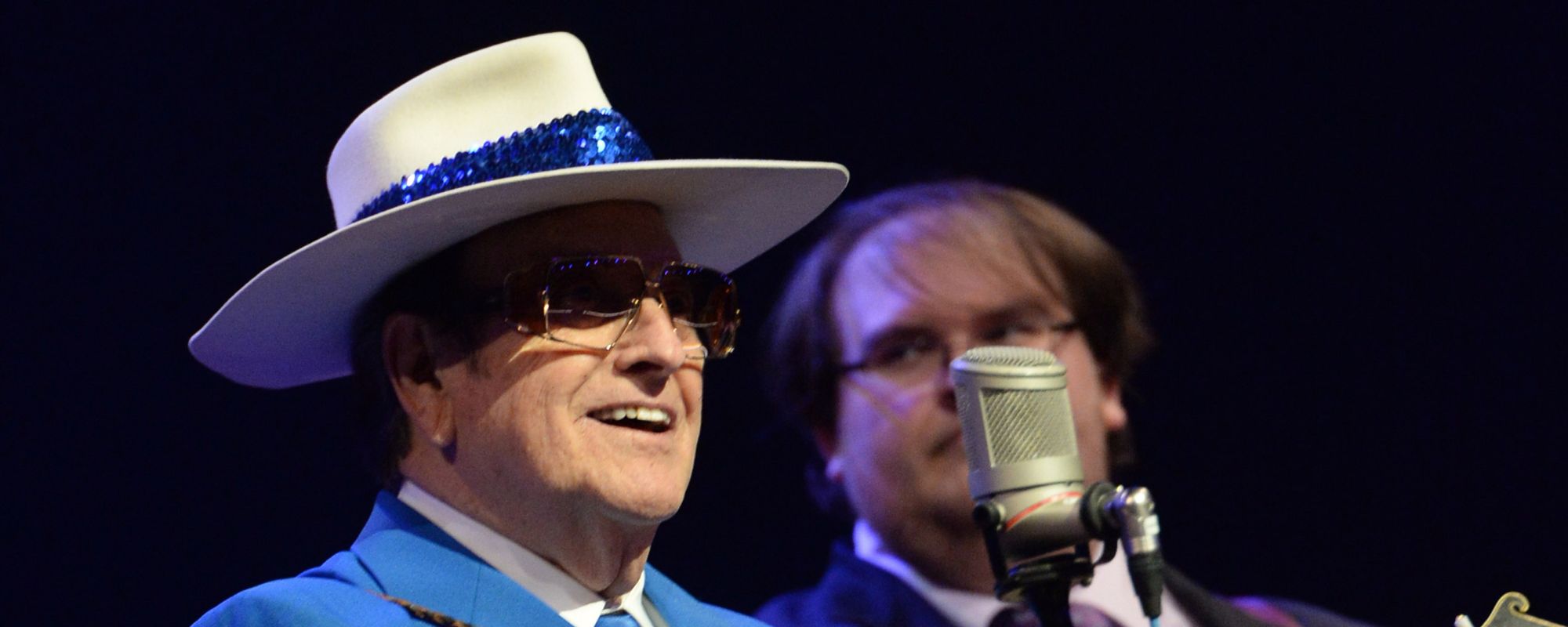
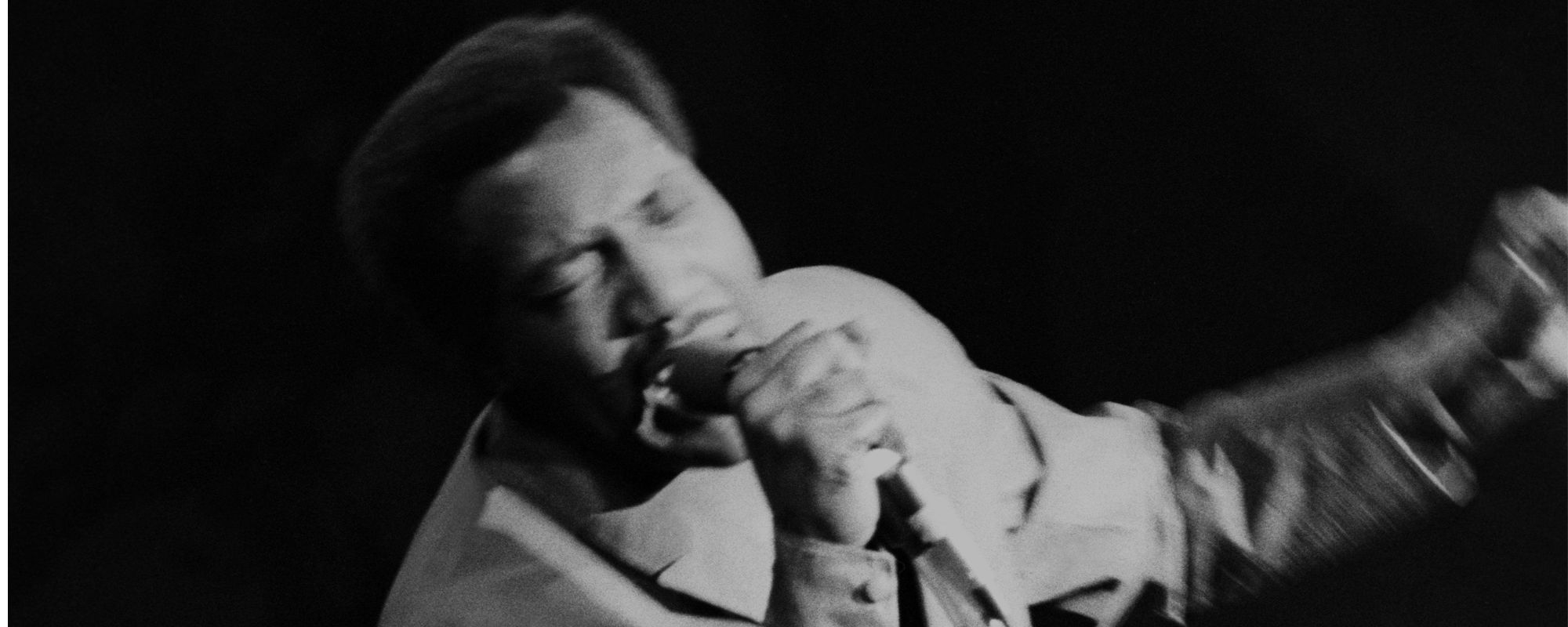
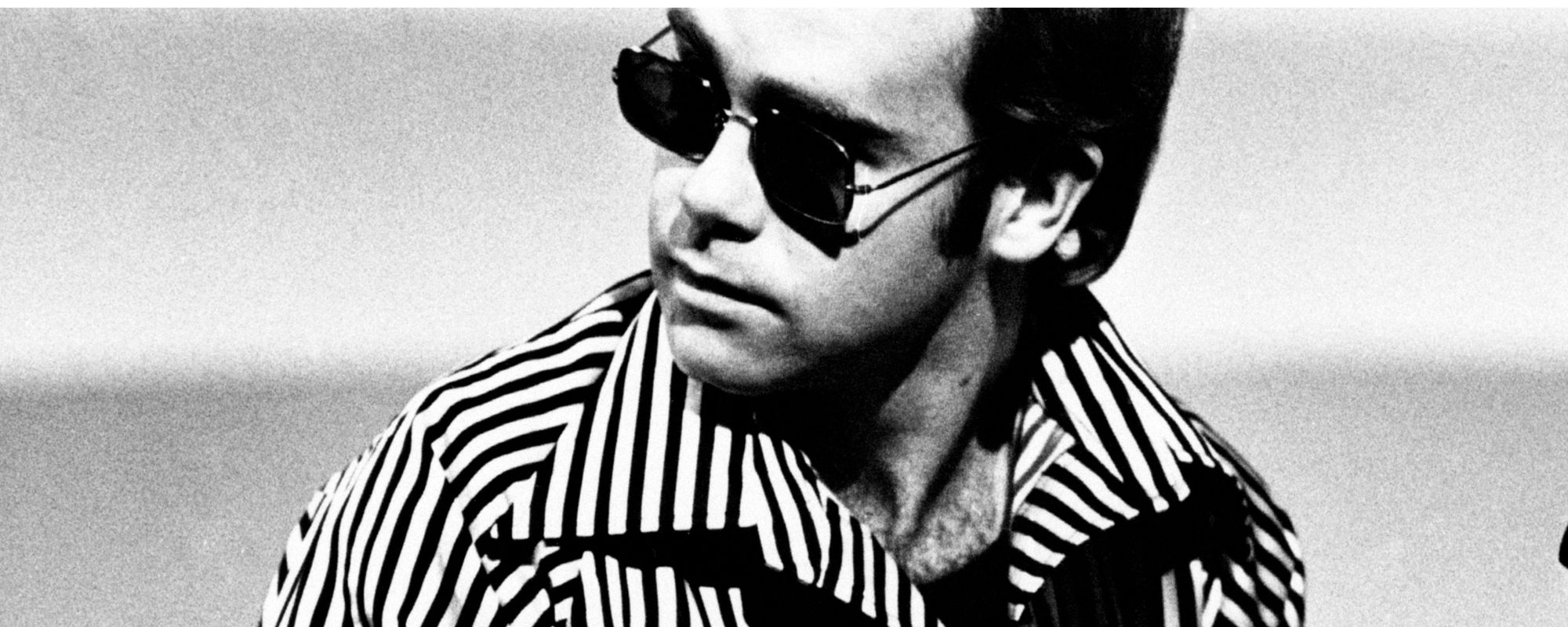
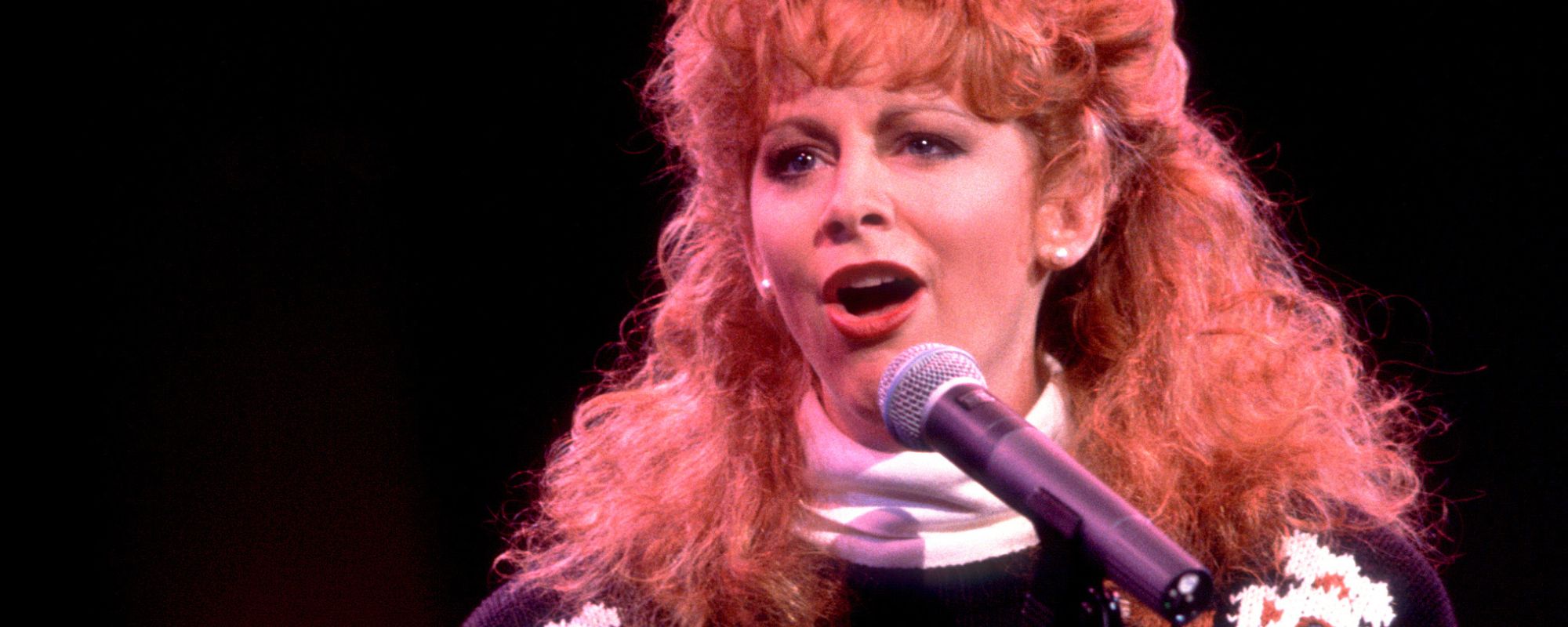
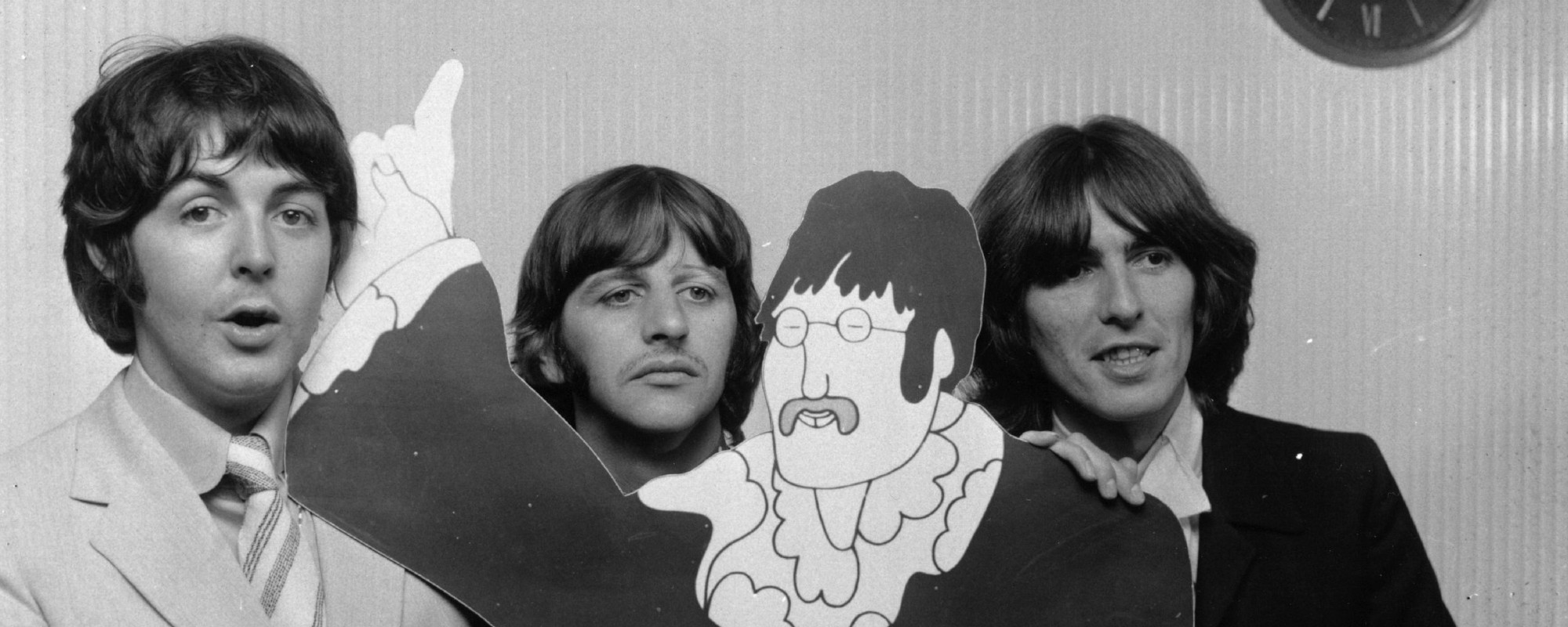
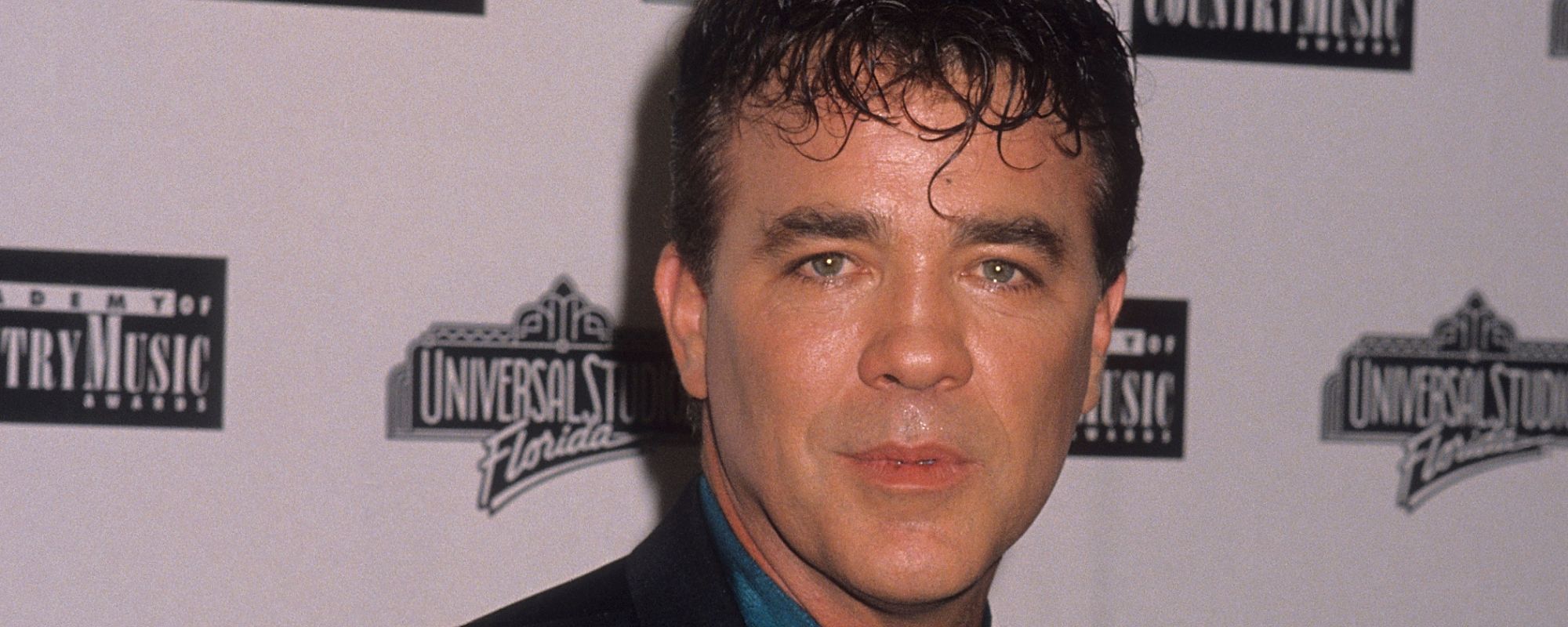


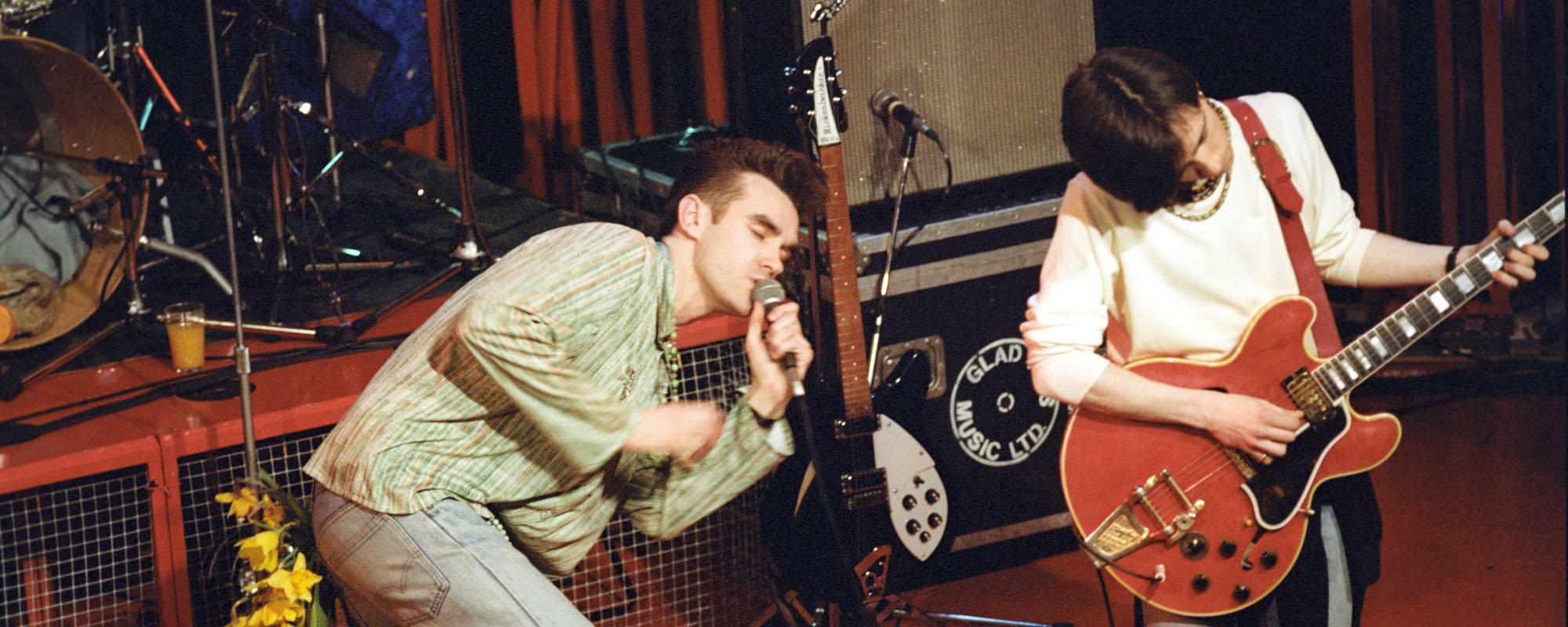
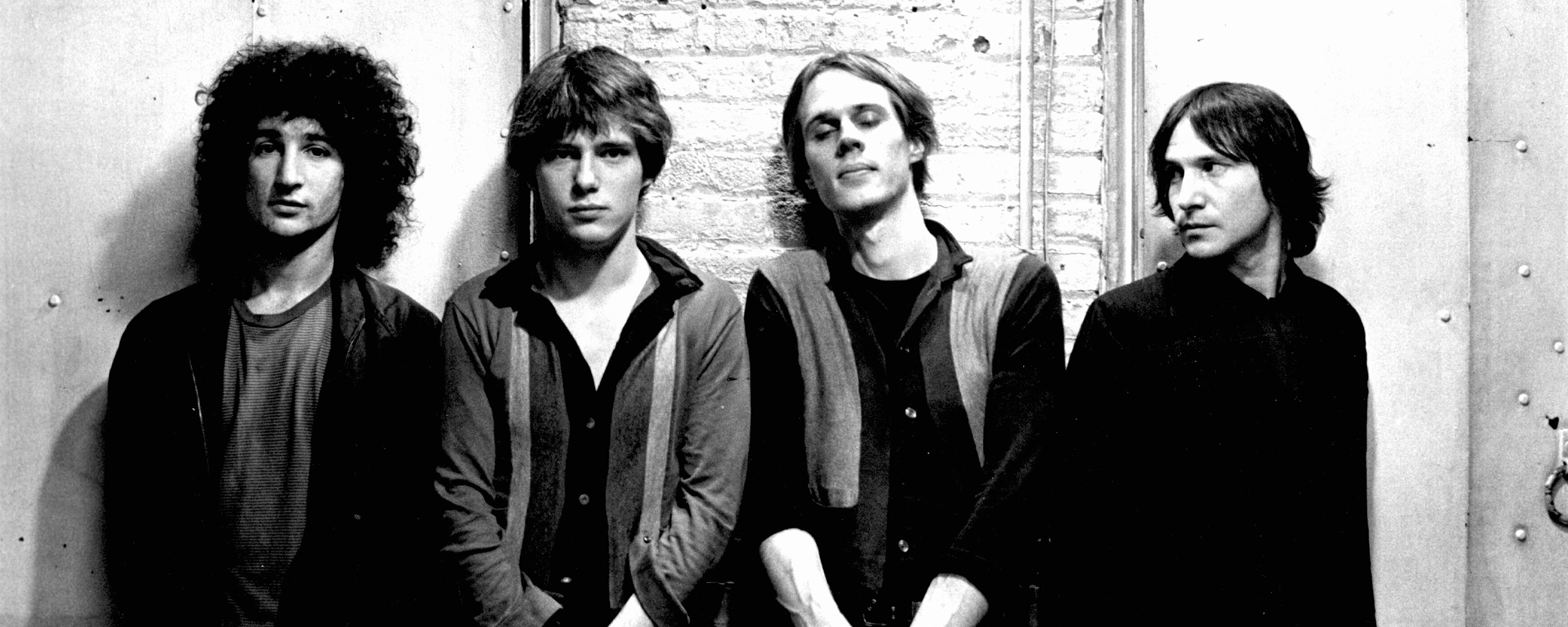
Leave a Reply
Only members can comment. Become a member. Already a member? Log in.